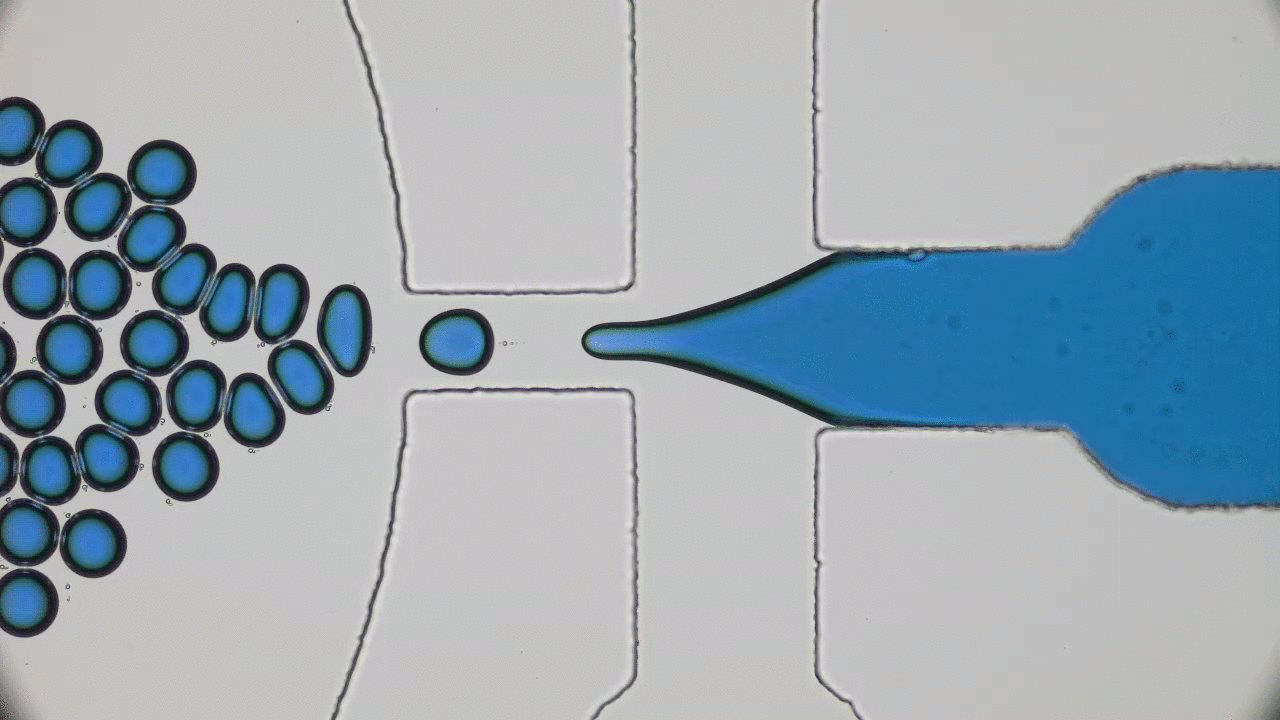Granular rearrangement and the deformation of beams under load are two well understood, but very different systems. What happens when you put them together?
Dripping, Buckling and Collapsing of a Droplet
Cell membrane is evolved to be flexible rather than rigid. This fluid 2D sheet plays a key role in cells’s survival, be it tailoring the nutrition trafficking or rendering a mechanical toughness. In recent decades, however, artificial membranes have been developed with enhanced mechanical properties. Of such systems are particle-stabilized emulsions and in this post we will look into characterizing mechanical strength of such emulsion.



